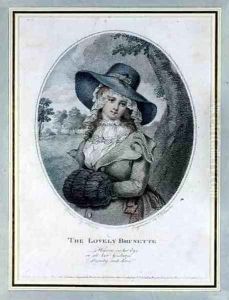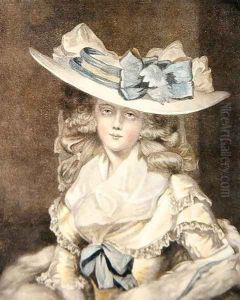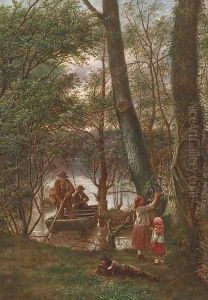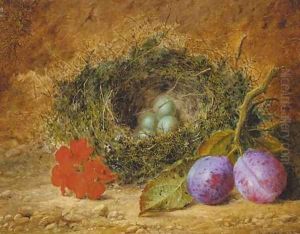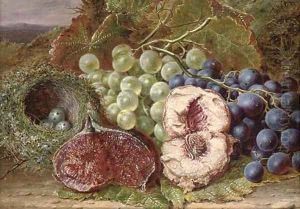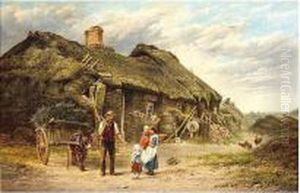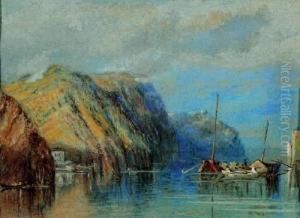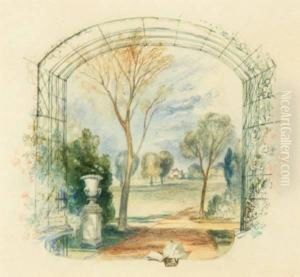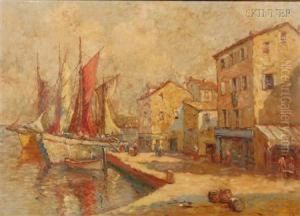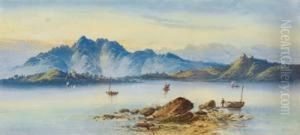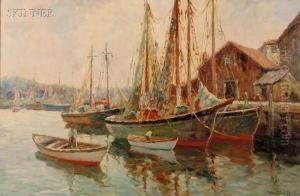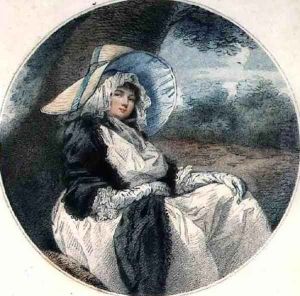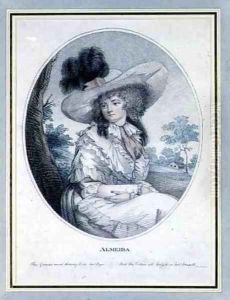William Ward Paintings
William Ward was an eminent English engraver, born in 1766. He was notably recognized for his mastery in mezzotint, a printmaking process that was highly popular in the 18th century for its ability to reproduce the tonal variation and subtleties of paintings. Ward was part of a significant period in British art history, where engraving was not just a form of reproducing artworks but also a respected medium in its own right.
Ward's career was closely linked with the notable Morland family, as he married Maria Morland, the sister of the famous painter George Morland. This connection significantly influenced his work, as Ward engraved many of Morland’s paintings, thereby playing a crucial role in popularizing Morland's works. His engravings captured the essence of British rural life during the period, reflecting both the beauty and the hardships of the era.
In addition to his work with George Morland's paintings, Ward also engraved works by other prominent artists of the time, contributing to the dissemination of British art and its styles beyond the elite circles to a wider public. His ability to translate paintings into engravings that retained the original's depth and emotion was highly esteemed.
Ward was awarded the title of Royal Academician by the Royal Academy, a testament to his skill and contribution to the art world. This recognition was not only for his technical prowess but also for the role his engravings played in making art accessible to a broader audience.
William Ward's death in 1826 marked the end of a significant era in British engraving. His legacy, however, continues, with his works still celebrated for their technical excellence and their contribution to the art historical narrative of the 18th and early 19th centuries. Ward's engravings remain a valuable resource for understanding the artistic and social contexts of his time.
